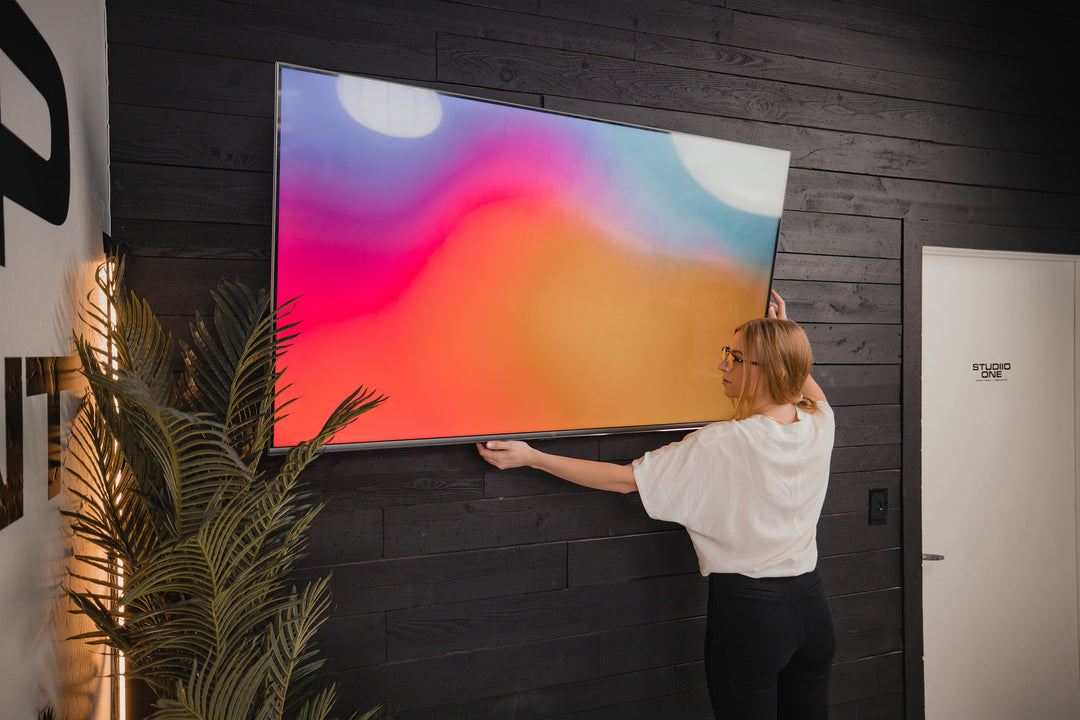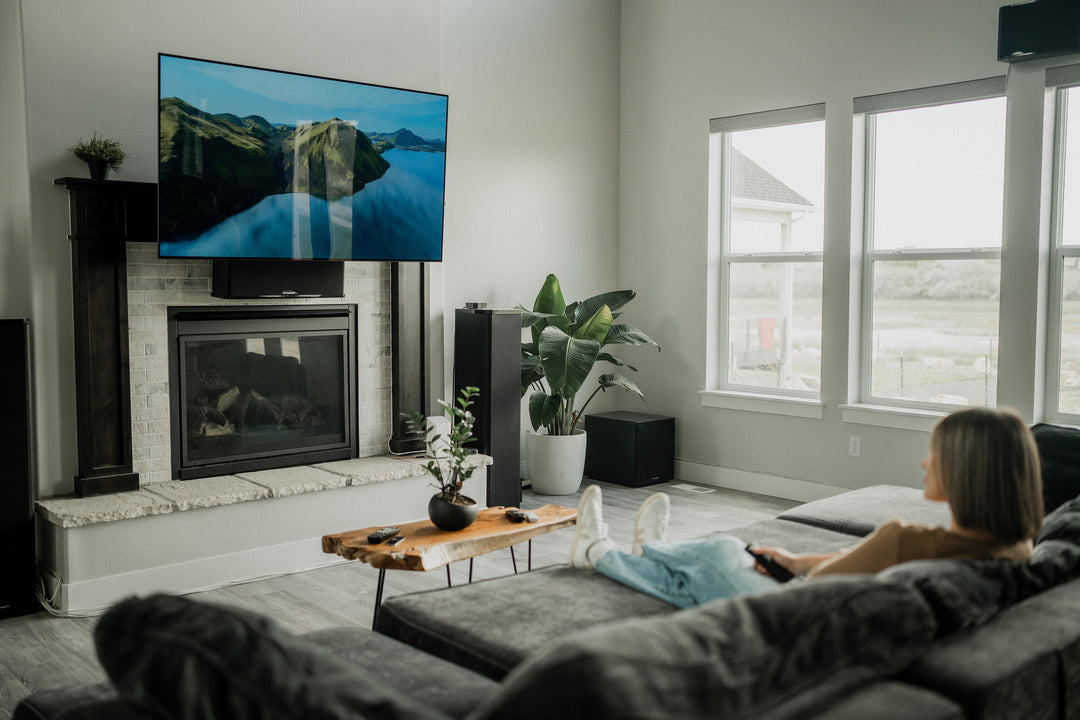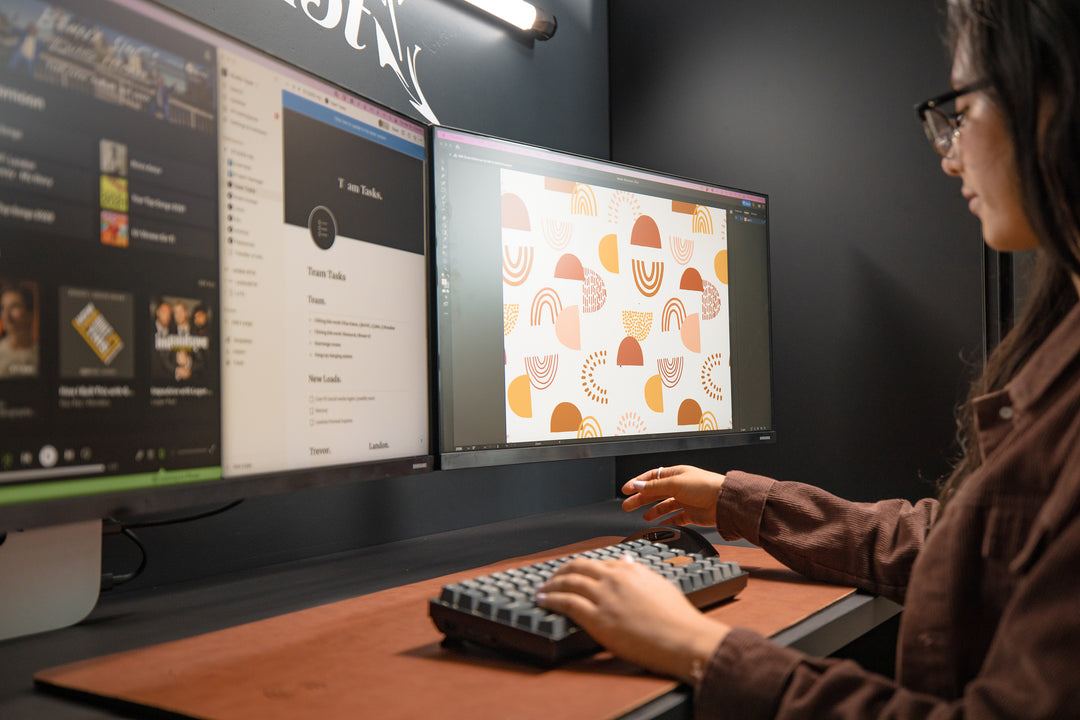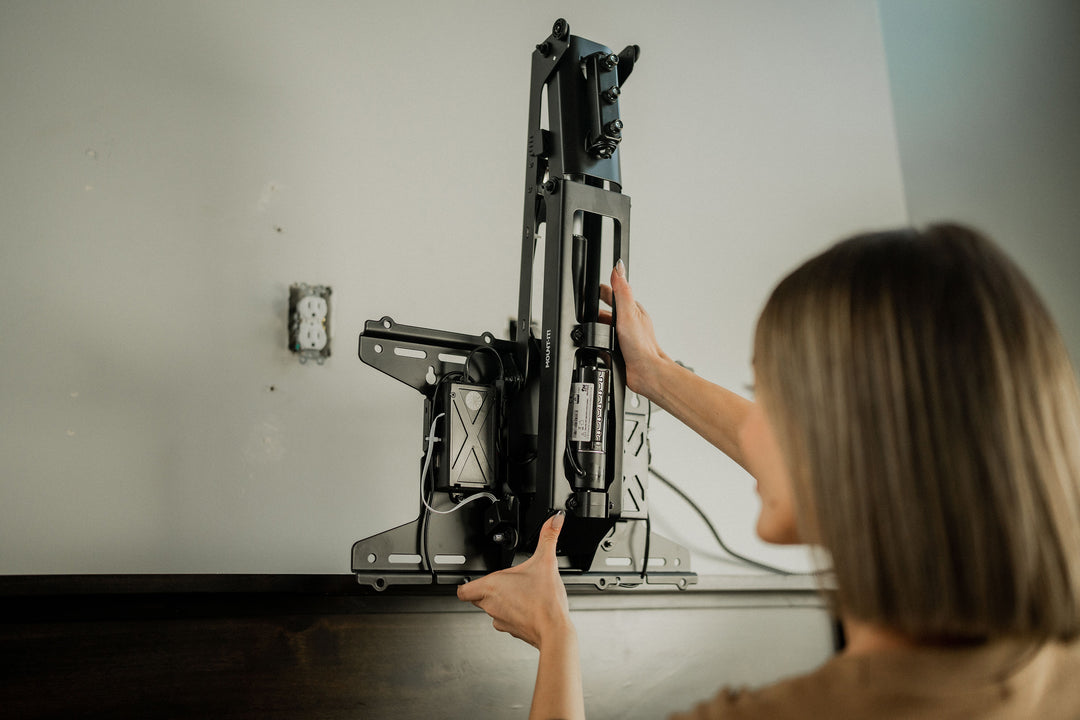Understanding TV Dimensions: How Do You Measure A TV?

Ever found yourself staring at a dazzling array of TVs, wondering, "How do I measure these things?" Understanding TV dimensions is crucial for finding the perfect fit for your space. Let's demystify the process and empower you to make an informed decision. Selecting the perfect television for your living space involves more than just picking a brand or model. One crucial factor that often goes overlooked is choosing the right TV size for your room. In this guide, we'll walk you through the process of measuring your space, understanding screen size, and considering other factors that impact your viewing experience.
Choosing the Right TV Size for Your Space
Before you embark on your TV shopping journey, it's essential to measure your room accurately. Start by determining the ideal viewing distance. A common rule of thumb is to multiply the diagonal size of your TV by 1.5 to 2.5 to get the optimal viewing distance range. This ensures a comfortable and immersive viewing experience without straining your eyes. Step-by-Step Guide to Measuring Your Television
How Screen Size Impacts Viewing Experience
Screen size plays a significant role in your overall viewing experience. A larger screen can provide a more cinematic and immersive feel, but it's crucial to balance this with your room size. Consider factors like the room's layout, seating arrangement, and the amount of natural light. A too-large TV in a small space can be overwhelming, while a too-small TV may not deliver the immersive experience you desire.
The Difference Between Screen Size and Actual TV Dimensions
Screen size is the diagonal distance from one corner to the opposite corner, representing the span of the display. It's the number that captures attention and dictates how grand the on-screen action will feel. Actual TV dimensions, on the other hand, encompass the width and height of the entire television, offering a more practical understanding of its real-world footprint.
The discrepancy between screen size and actual dimensions becomes particularly relevant when planning the placement of your TV. A sleek, modern television with a large screen may seem like a perfect fit for your entertainment center, but if the actual dimensions extend beyond the available space, the aesthetic harmony can be disrupted. This nuance is especially crucial for those considering wall mounting, where precise measurements become the linchpin for an aesthetically pleasing and functional setup.
In essence, while the screen size sets the stage for the visual feast, actual TV dimensions provide the backstage blueprint for integration into your living space. To ensure a seamless blend of form and function, it's essential to factor in both measurements during the decision-making process. Whether you're optimizing for a cozy nook or designing a home theater, understanding the interplay between screen size and actual dimensions is the key to achieving a visually striking and spatially harmonious entertainment setup.
Aspect Ratio and Resolution: Understanding TV Screen Measurements
Aspect ratio and resolution serve as the unsung heroes in the quest for an impeccable viewing experience. The aspect ratio, often expressed as 16:9, dictates the width-to-height proportion of the screen. While this is the standard for most content, the emergence of ultrawide options introduces a cinematic flair that widens the storytelling canvas. Additionally, the resolution of a TV plays a pivotal role in image clarity. Opting for higher resolution, such as 4K or 8K, translates to a pixel-rich environment, delivering sharper images and more vibrant colors. As you navigate the landscape of aspect ratios and resolutions, it's paramount to align your choices with your content preferences and media consumption habits. Whether you're a cinephile craving cinematic vistas or a gaming enthusiast reveling in every pixel, the careful consideration of aspect ratio and resolution ensures that your chosen TV not only fits seamlessly into your space but also elevates your visual experience to new heights.
Expert Advice: Measuring Curved and Flat Screen TVs
When dealing with curved TVs, experts emphasize the significance of measuring the radius of the curve. This essential step involves determining the distance from the center to the outer edge of the curve, influencing the immersive effect the TV is designed to provide. Additionally, experts recommend evaluating the seating arrangement in conjunction with the curvature, ensuring that viewers are strategically positioned to benefit from the enveloping visual experience. Considering the overall layout of the room and how the curve aligns with architectural features is crucial for a harmonious integration of the curved TV into your living space.
On the flip side, for flat-screen TVs, experts emphasize the precision of measuring overall dimensions. This involves assessing the width, height, and depth of the TV to guarantee a seamless fit within your chosen space, be it on an entertainment unit or wall-mounted. Expert advice also extends to optimizing viewing angles for flat-screen TVs, ensuring that the screen remains easily visible from various seating positions. Beyond mere measurements, experts recommend considering the impact of room lighting to minimize glare and reflections on the flat screen, enhancing the overall visual experience. By heeding expert advice, you can navigate the nuanced measurements required for both curved and flat-screen TVs, leading to a well-informed decision that transforms your TV into a harmonious centerpiece within your home.
Considerations for TV Mounts and TV Stands
TV stands and mounts are essential accessories that play distinct roles in optimizing your television viewing experience, each offering unique advantages based on your room layout and preferences. TV stands, in particular, serve both functional and aesthetic purposes. These furniture pieces provide a stable base for your TV, accommodating its weight and ensuring a secure placement. Beyond their structural role, TV stands also serve as stylish additions to your living space, often incorporating storage options for media devices, gaming consoles, or DVDs. With various designs available, TV stands allow you to personalize your entertainment setup while creating an organized and visually appealing focal point in your room.
On the other hand, TV mounts offer a space-saving and sleek alternative to traditional stands. Wall mounting your TV not only enhances the aesthetic appeal of your room by eliminating the need for bulky furniture but also provides the flexibility to position the TV at eye level, optimizing the viewing experience. TV mounts come in various styles, including fixed, tilting, and articulating mounts, offering different degrees of flexibility in terms of adjusting the angle and positioning of your TV. This versatility is particularly advantageous in rooms with limited floor space or when aiming for a modern and minimalist aesthetic. When considering TV mounts, it's crucial to ensure compatibility with your TV's size and weight, as well as to choose a mount that meets your desired viewing preferences.
Getting TV Measurements for the Perfect Placement
Once you've selected the ideal TV, it's time to consider its placement within the room. Measure the TV's dimensions carefully and factor in additional space for any accessories, such as soundbars or gaming consoles. Ensure that the placement allows for proper ventilation to prevent overheating and consider cable management for a clean and organized look.
Additionally, assess the available wall or furniture space and determine the appropriate height for your TV. Ideally, the center of the screen should align with your eye level when seated, ensuring a natural and ergonomic viewing experience. If you're opting for a wall mount, measure the wall space carefully, taking into account any other elements such as furniture, windows, or decor that may impact the TV's placement. For those using a TV stand, measure the dimensions of the furniture to guarantee a snug fit. These meticulous measurements not only contribute to the aesthetics of your room but also ensure that your TV becomes an integral and harmonious part of your living space.
Conclusion
Choosing the right TV size involves a combination of accurate measurements, understanding screen size, and considering the impact of factors like aspect ratio, resolution, and TV type. By following this step-by-step guide, you'll be well-equipped to make an informed decision that enhances your viewing experience and seamlessly integrates your new TV into your living space. Happy watching!




